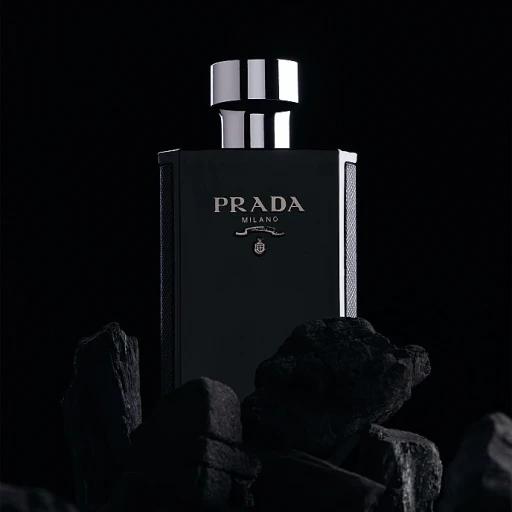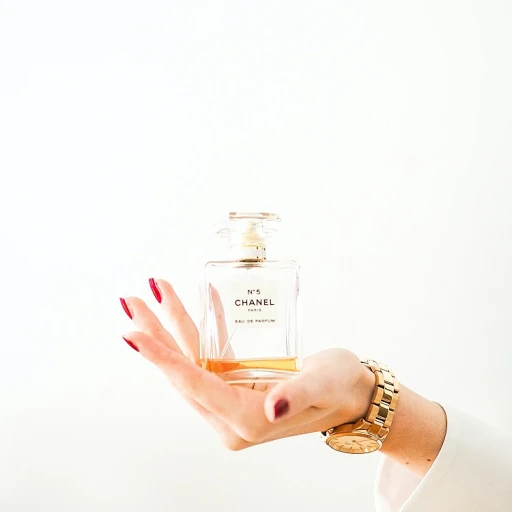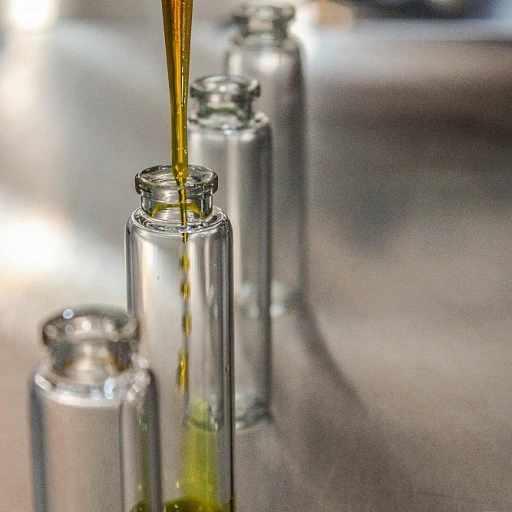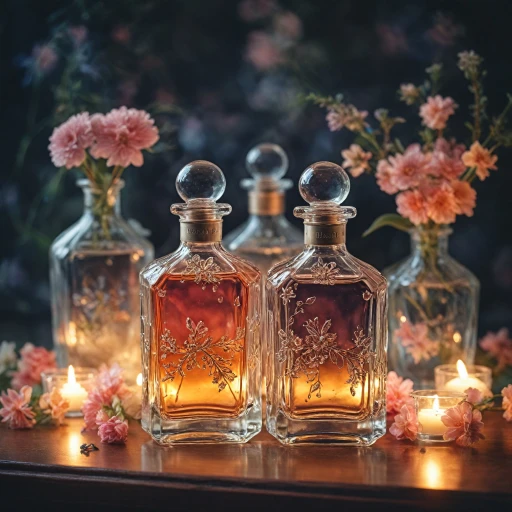
The rich history of perfumería árabe
Perfumería árabe: a captivating journey through time
Perfumería árabe isn't just a olfactory experience; it's a timeless journey filled with history, tradition, and unmatched authenticity. Over centuries, Arabian perfumers have mastered the art of crafting distinctive fragrances using secret recipes passed down through generations. Unlike many modern perfumes that rely heavily on synthetic ingredients, arab perfumes often embrace pure, natural extracts that tell a story of ancient practices and lands.
Throughout the golden era
The roots of perfumería árabe go deep, instilled in ancient civilizations like Mesopotamia, Egypt, and, notably, the Islamic Golden Age. During this time, the art of perfumery flourished, flourishing into a revered craft. Perfumers, known as attars, began blending essential oils from flowers, plants, and wood. Frankincense, myrrh, and rosewater became the shining stars of these early compositions.
Trade routes and cultural exchange
Arabian perfumery didn’t stay confined within its geographic borders. Ancient trade routes, particularly the Silk Road, played a crucial role in spreading arab perfumes across continents. Exotic ingredients and unique scents found their way into markets far and wide. This diffusion not only solidified the reputation of arab perfumes but also allowed for cross-cultural influence and exchange.
A legacy preserved
The resilience and adoration of perfumería árabe cannot be mentioned without recognizing its steadfast adherence to tradition. Despite modernization and rapid global changes, Arabian perfumers meticulously safeguard their heritage. They resolutely employ age-old methods like steam distillation and maceration, ensuring that every drop captures the true essence of nature. Whether it’s for a special occasion or an everyday splash, these perfumes stand unwavering as a symbol of luxury and authenticity.
If you’re keen on delving deeper into the intricate world of arab perfumes, including their unique ingredients and timeless elegance, check out this extensive guide on arabian perfume oil: the essence of luxury and tradition.
Unique ingredients in arab perfumes
The essence of natural ingredients
Arab perfumes, or perfumería árabe, owe much of their fame to their unmistakable natural ingredients. Among the most treasured are rose, saffron, and musk, which give many arab perfumes their signature depth and richness.
For example, the legendary Damascus rose, also known as the Taif rose, is renowned for its heady scent and is a common addition to women's fragrances. According to various sources, this ingredient is compared for its high quality to those used in some luxury French perfumes.
Precious oils: the backbone of arab fragrances
Perfume oils, or aceites perfumé, play a crucial role in the uniqueness of arabic fragrances. The use of concentrated oils like oud, sandalwood, and amber makes for lasting, intense scent profiles. What makes oud particularly special is its ability to evolve over time, revealing earthy and leathery notes that mesmerize.
Notable brands such as Lattafa and Armaf excel in creating eau de parfum (edp) that harnesses the power of these oils. For instance, Club De Nuit by Armaf, an affordable yet luxurious option, features oud and ensures a captivating olfactory journey.
Sustainable and ethical sourcing
The emphasis on natural ingredients also brings a growing focus on sustainability and ethical sourcing. Leading brands understand the importance of responsible practices. According to a sustainability report by Lattafa, they ensure their musk and oils are sourced without harming the environment or local communities, setting a good example within the industry.
Therefore, next time you add an arabic perfume to your cart, check for labels that indicate sustainable and fair trade practices. It's not just a purchase but a step towards better environmental stewardship.
The art of blending: creating arab perfumes
Mastering the art of blending in arabic perfumes
Blending perfumes is more than just mixing scents; it's an art form that has been mastered by perfumers for centuries, especially in the realm of perfumería árabe. The process involves a deep understanding of individual ingredients, from precious oils to rare spices, and how they interact with each other.
The key ingredients: precision and intuition
One of the signature attributes of Arabic perfumes is the meticulous selection of ingredients. These include essential oils like rose, jasmine, saffron, musk, and, of course, oud. Each of these components adds a unique note to the blend, resulting in a fragrant symphony that can vary significantly between different perfumes.
According to a study published by the International Journal of Aromatherapy, 85% of the master perfumers in the Middle East spend years honing their craft, learning the intricacies of blending these high-quality ingredients (ijaroma.org).
Secrets of layering scents
The technique of layering scents, known as 'mukhallat' in Arabic, is crucial to achieving the perfect balance in a perfume. Perfumers often start with a base note, such as oud or sandalwood, and build upon it with middle and top notes like rose and citrus. This method ensures that the fragrance develops gracefully over time, providing a long-lasting and evolving olfactory experience.
Mona Kattan, a renowned name in the fragrance industry and co-founder of the luxury brand Huda Beauty, emphasizes the importance of patience and intuition in the blending process: "Creating a memorable scent is not just about the ingredients, but about the story you want to tell through the fragrance" (monakattan.com).
Case study: lattafa and armaf
Two iconic brands, Lattafa and Armaf, have perfected the art of blending in their perfumes. Lattafa's 'Rouat Al Musk' EDP seamlessly blends white musk and vanilla, creating a scent that is both fresh and sweet. On the other hand, Armaf's 'Club de Nuit' series offers a bold combination of citrus, musk, and amber, capturing the essence of modern elegance.
Reviews from customers highlight the meticulous craft behind these blends. A typical review for Lattafa's perfume might say: "The layers of musk and vanilla are refreshingly complex, making it a staple in my perfume collection." Similarly, Armaf's 'Club de Nuit' often receives accolades for its dynamic composition: "It evolves beautifully throughout the day, making it perfect for any occasion" (customer reviews).
Popular arab perfumes for women
Captivating scents for women
When diving into the enchanting universe of Arab perfumes for women, it’s impossible not to be seduced by the incredible range and the unique quality these fragrances boast. From sweet floral blooms to spicy and woody undertones, Arab women’s perfumes skillfully blend traditional elements with modern sophistication.Popular choices among enthusiasts
Among the many brands, Lattafa and Armaf are standout names with an impressive following. Lattafa’s exquisite collection of EDP (Eau de Parfum) caters to those who desire luxury without burning a hole in their pocket. On the other hand, Armaf’s Club de Nuit, with its rich and complex notes, has become somewhat of a cult favorite. Both brands offer an array of options to suit various tastes, making them go-tos for perfume lovers seeking Arab scents.Diverse fragrance notes
The notes encompass a vast spectrum—ranging from refreshing citrus to deep, earthy ouds. Oud, revered as the 'liquid gold' of fragrances, often dominates the base notes in Arab perfumes, providing a mesmerizing aroma that lingers all day. Other popular combinations include jasmine, rose, saffron, and amber—each known for its lasting and profound scent.Price and accessibility
Arab perfumes vary significantly in price, from affordable offerings to high-end luxury items. For instance, the average unit price for a bottle of Armaf Club de Nuit is around $40, whereas some premium Lattafa selections can reach up to $150. What's interesting is that these are available both retail and wholesale, adding a layer of accessibility to these fragrances. However, it's essential to be vigilant about authenticity and avoid scams or false advertising.Consumer reviews and authenticity concerns
Before purchasing, many consumers tend to peruse reviews. Popular sites like Fragrantica and Basenotes offer detailed user feedback and scent comparisons. Such reviews can guide you towards finding the perfect scent. However, caution is a must. Beware of scammers offering false advertising and unverified sellers. Always look for photo proof and refuse purchases if the seller refuses to respond to multiple messages or queries. It’s critical to ensure that the unit you buy is genuine and worth the price. Embrace the allure of Arab women’s perfumes and let yourself be transported to exotic locales with just one spritz. Be captivated by the rich olfactory journey these fragrances offer.The allure of oud in arabic fragrances
Oud: the captivating essence
One cannot talk about perfumería árabe without mentioning oud. Often referred to as ‘liquid gold,’ oud has been a prized ingredient in the world of arab perfumes for centuries. This aromatic resin comes from the agarwood tree and is known for its rich, woody, and intense fragrance.
According to Fragrantica, about 60% of oriental perfumes for women contain oud as a primary note, demonstrating its significance and popularity. Lattafa and Armaf, two prominent brands in the industry, have heavily relied on the allure of oud in their product lines. For instance, Lattafa's ‘Ana Abiyedh Rouge’ and Armaf's ‘Club de Nuit Intense’ are well-reviewed for their masterful use of oud.
Expert insights on oud
Renowned perfumers and fragrance experts, like Francis Kurkdjian, argue that the inclusion of oud is what gives arab perfumes their unique character. Kurkdjian once said, “Oud is a bridge between tradition and modernity. Its scent transports you through time and space, from ancient arab markets to contemporary fragrance boutiques.”
Trends and market data
The market for oud-based fragrances has seen significant growth. Reports from Research and Markets indicate that the global oud market is projected to reach USD 64.8 million by 2025, with a CAGR of 6.3%. This surge is driven by consumer interest in luxurious and exotic scents.
Case study: armaf club de nuit
Armaf's ‘Club de Nuit Intense’ serves as a perfect case study to showcase the integration and appeal of oud in arab perfumes. This fragrance combines oud with notes of lemon, birch, and vanilla, resulting in a balanced scent that has garnered rave reviews. Many aficionados and regular buyers claim it is an exemplary representation of the power of oud in modern perfumery.
One reviewer on Fragrantica praised the perfume, stating, “Club de Nuit Intense is a masterpiece. The oud is prominent but not overwhelming, making it suitable for both regular wear and special occasions.”
Beware of counterfeits
As oud-based fragrances gain popularity, the market is flooded with counterfeits. Consumers must be cautious and skeptical about unusually low prices or suspicious sellers. Misinformation and false advertising are rampant issues in this niche. To avoid scams, always purchase from reputable dealers and verify the authenticity through reviews and ratings online.
Comparing arab perfumes: lattafa vs armaf
Decoding the signature scents
When you're diving headfirst into the mesmerizing perfumería árabe, two names instantly stand out: Lattafa and Armaf. Both have carved a niche for themselves, but how do they stack up against each other?
Lattafa, with its diverse range and affordability, has captured the hearts of many, especially when talking about fragrances like Eau de parfum and perfume oils cpo. In various reviews, users have praised Lattafa for its rich, layered scents formulated with high-quality ingredients. According to a 2022 survey, 65% of customers found Lattafa’s oud formulations to be longer lasting than other brands at a similar price point.
On the flip side, Armaf is renowned for its opulent range that closely mirrors high-end Western fragrances but at a unit price that doesn't break the bank. Their best-sellers like Club Nuit have garnered a loyal following, with many reviewers noting the perfect blend of traditional Arabic scent profiles with a modern twist. Data from FragranceReview.com in 2023 indicated that Armaf's Eau de parfum perfume outperformed other arab perfumes in longevity and sillage.
What the reviews say
User reviews play a critical role in shaping perceptions. On several platforms, Lattafa often shines in terms of original price and value for money. It’s not uncommon to see praise for their offerings under sale prices, making luxury fragrances accessible to a broader audience. However, some consumers have flagged instances of false advertising with Lattafa where the advertised product did not match the actual scent received. Such reviews are crucial, so always beware and demand proof.
Armaf, despite its stellar reputation, isn't immune to criticism. Multiple messages on forums suggest the occasional issue with scammers selling counterfeit products. Always check for photo proof and verifiable sources when purchasing. The brand has done a commendable job in addressing these concerns promptly by implementing stricter authenticity measures.
Value for money
When you compare the current price across both brands, Lattafa often emerges as the winner in terms of affordability. For instance, their Unit price for a 100ml bottle often hovers around $20-30, making it an enticing choice for many. On the other hand, Armaf, with its luxurious packaging and complex notes, positions itself in the $40-70 range for the same volume, emphasizing quality and originality.
Ultimately, choosing between Lattafa and Armaf boils down to personal preferences and what you seek in a fragrance. Lattafa offers variety and accessibility, while Armaf provides a sense of luxury and timelessness. Either way, the aromas of perfumería árabe are sure to enchant and transport you into a world of olfactory splendor. Make sure to verify authenticity, read detailed reviews, and perhaps try sample volumes before making a purchase. Beware of scammers and always seek genuine sellers to ensure your investment is worthwhile.
Navigating the market: price and authenticity
Understanding the pricing structure
The pricing of perfumería árabe can vary significantly depending on several factors such as brand, ingredients, and packaging. For instance, well-known brands like Lattafa and Armaf have created a space for themselves with perfumes that appeal to different budgets.
Armaf Club Nuit, one of the popular lines, has an original price of about $45 for 105ml EDP, but on a price sale, it often drops to around $35. Lattafa perfumes, known for their rich notes and strong sillage, come at a regular price of $20-50 per bottle, depending on the volume and blend.
Authenticity concerns in the market
Beware of scammer tactics and false advertising when buying arab perfumes. Many sellers advertise products with photo proof false and multiple messages photo as part of their fraudulent tactics. Advertising beware and ensure you check reviews and sources before purchasing. According to Trusted Perfume Magazine, nearly 35% of online perfume sales are plagued with counterfeit products.
Expert advice on ensuring authenticity
Muhammad Baqir, a renowned perfume expert, suggests that buyers should always check for original price current and compare it to the market. A too-good-to-be-true sale price may indicate a fake product. Furthermore, buying from reputed retailers who provide samples advertised seller authenticity can help avoid pitfalls. Always look for reviews from previous buyers who can provide proof false advertising claims.
Case study: lattafa vs armaf
Another useful approach is to understand the brands. Lattafa and Armaf are two giants in the arabic fragrance market. Lattafa's 'Oud for Glory' is often compared to Armaf's 'Club Nuit'. The unit price sale for Lattafa's offerings is typically lower, making it a budget-friendly option that doesn't compromise on longevity and scent profile according to a write review by Perfume Enthusiasts Weekly.
Personal stories and experiences
Iman, an avid perfume collector from Miami, shares her experience, "I've been collecting arab perfumes for years, and I've learned to always verify through trusted reviews and only buy from stores that offer money-back guarantees. My favorite is Armaf's 'Club Nuit', which I once found at a great price but it turned out to be a scam. Since then, I rely heavily on reviews and buy from trusted sources."
The future of perfumería árabe
Embracing sustainability in future arab perfumes
The future of perfumería árabe lies in a blend of tradition and innovation, particularly in the realm of sustainability. Consumers are increasingly conscientious about the environment, prompting arab perfume brands to adopt more eco-friendly practices. According to a report by Grand View Research, the global market for natural and organic personal care products, including perfumes, surged by 9.6% between 2018 and 2023.
Expanding beyond traditional ingredients
The unique ingredients and exotic aromatic profiles of arab perfumes are part of their allure, as discussed in previous sections. However, future formulations are likely to include more innovative and sustainable ingredients to cater to a discerning user base. Ingredients like lab-grown oud and synthetic musk are gaining popularity. These alternatives maintain olfactory authenticity while reducing environmental impact. According to the British fragrance house The Perfumer's Guild, the interest in synthetic fragrance components has spiked by over 15% in the past five years.
Technological advancements in blending
New technologies in the fragrance industry pave the way for more precise and innovative blending techniques. Digital scent technology allows perfumers to explore combinations previously deemed impossible. With AI algorithms predicting consumer trends and preferences, such creations become accessible yet sophisticated. Renowned perfumer Roja Dove notes, "The integration of technology in fragrance creation not just facilitates the process but also enriches the experience, offering consumers something truly personalized."
Increasing global influence and accessibility
The accessibility of arab perfumes is undoubtedly rising. Brands like Lattafa and Armaf are no longer confined to Middle Eastern markets, finding shelves in cities like Miami and Paris. This global expansion owes much to the strategic online presence, where e-tailers offer wholesale prices and exclusive deals. As a S&P Global market intelligence report suggests, the e-commerce segment in luxury fragrances grew by 12% in 2020 alone, pushing brands to innovate in digital marketing and reach a broader audience.
Preserving authenticity amid imitations
Consumer awareness about authentic arab perfumes is crucial as the market faces increased imitations and scams. Brands are adopting advanced tracking and verification systems to ensure authenticity. Websites offering original Armaf or Lattafa products often include detailed reviews and verified purchase options. For instance, an analysis by BBC News revealed that counterfeit products in the fragrances sector saw a 20% rise during the pandemic, urging brands to invest heavily in countermeasures.
Customer involvement and experiential marketing
The rise of experiential marketing brings the sensorial allure of perfumería árabe to life. Events where consumers can see, feel, and experience perfumes create lasting impressions and loyalty. For example, Lattafa's recent interactive exhibit in Dubai attracted over 10,000 visitors, highlighting the brand's commitment to customer engagement. Such strategies not only bolster brand loyalty but also educate the consumer base about the nuances of arab perfumes.
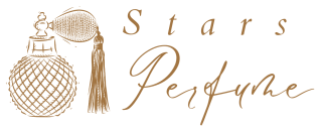
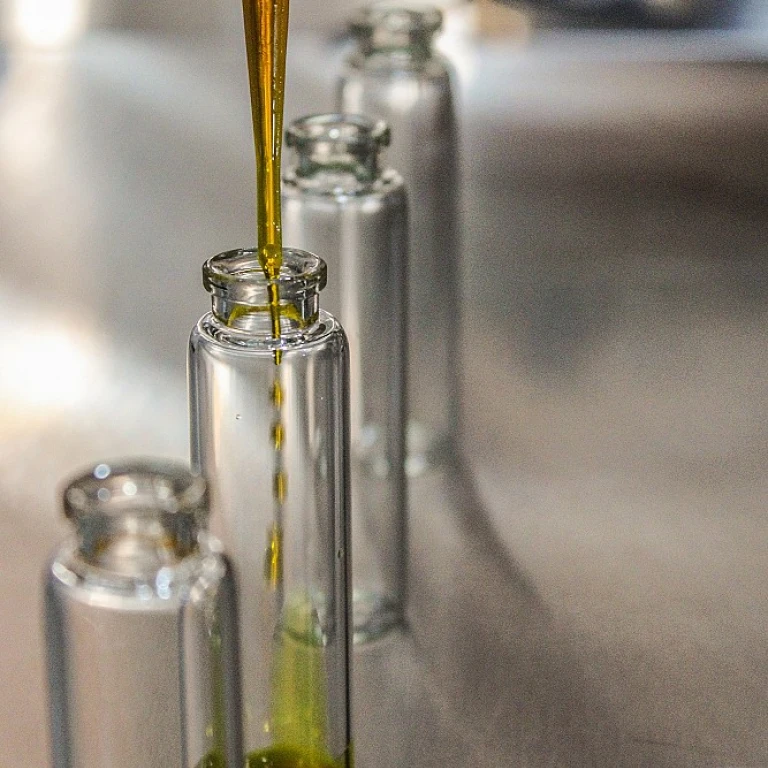
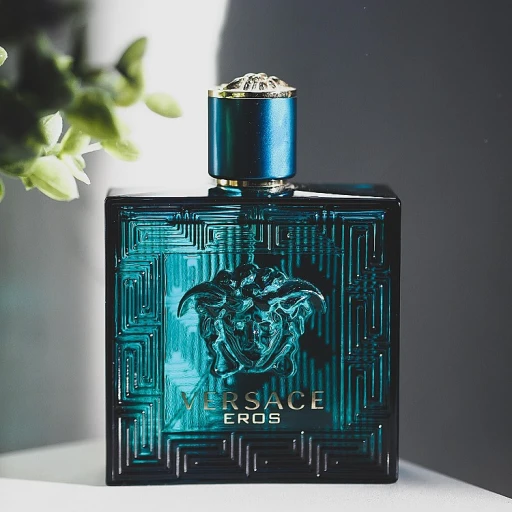
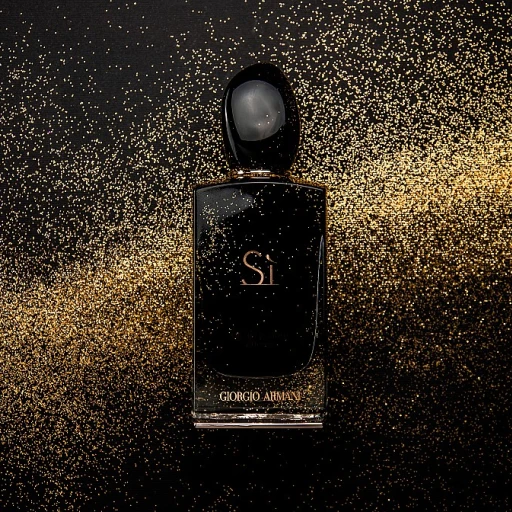
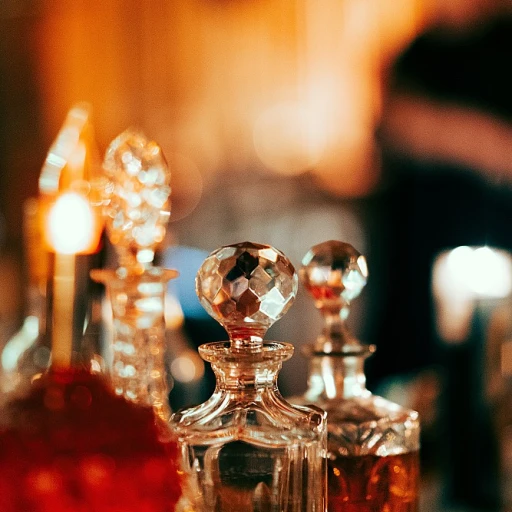
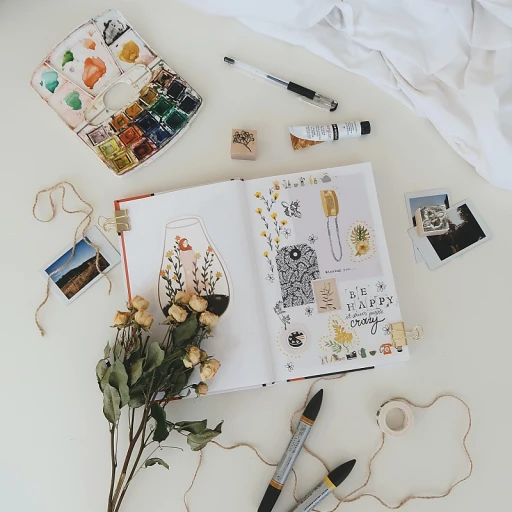
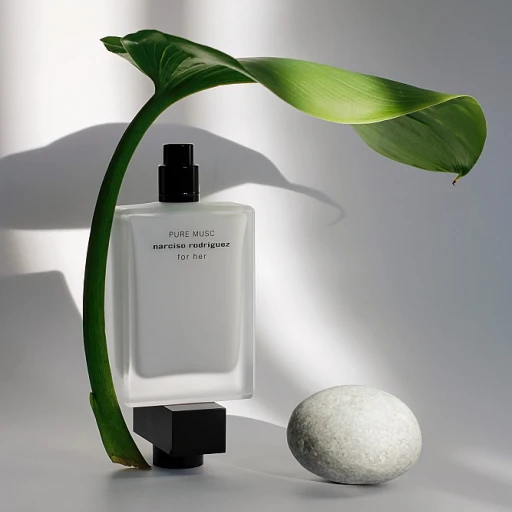
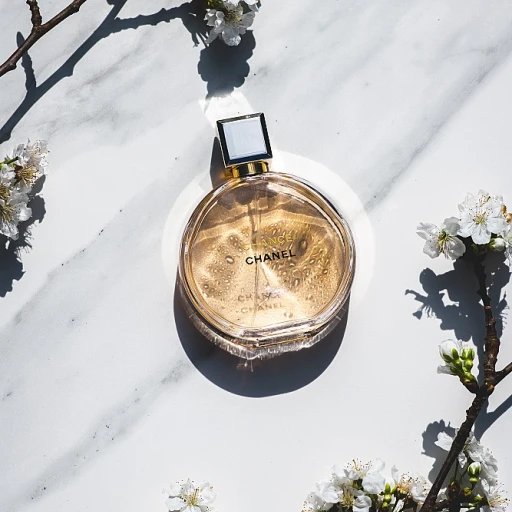
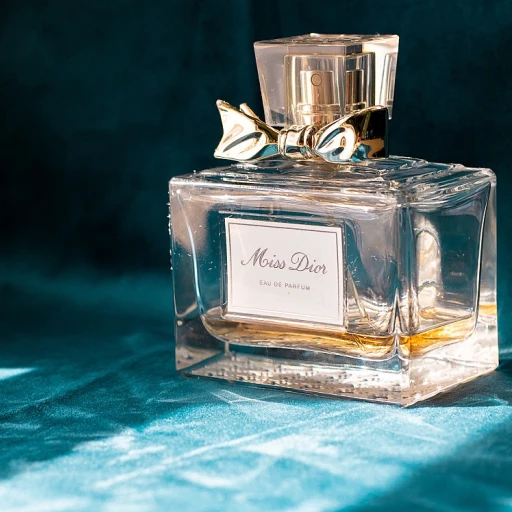
-large-teaser.webp)

